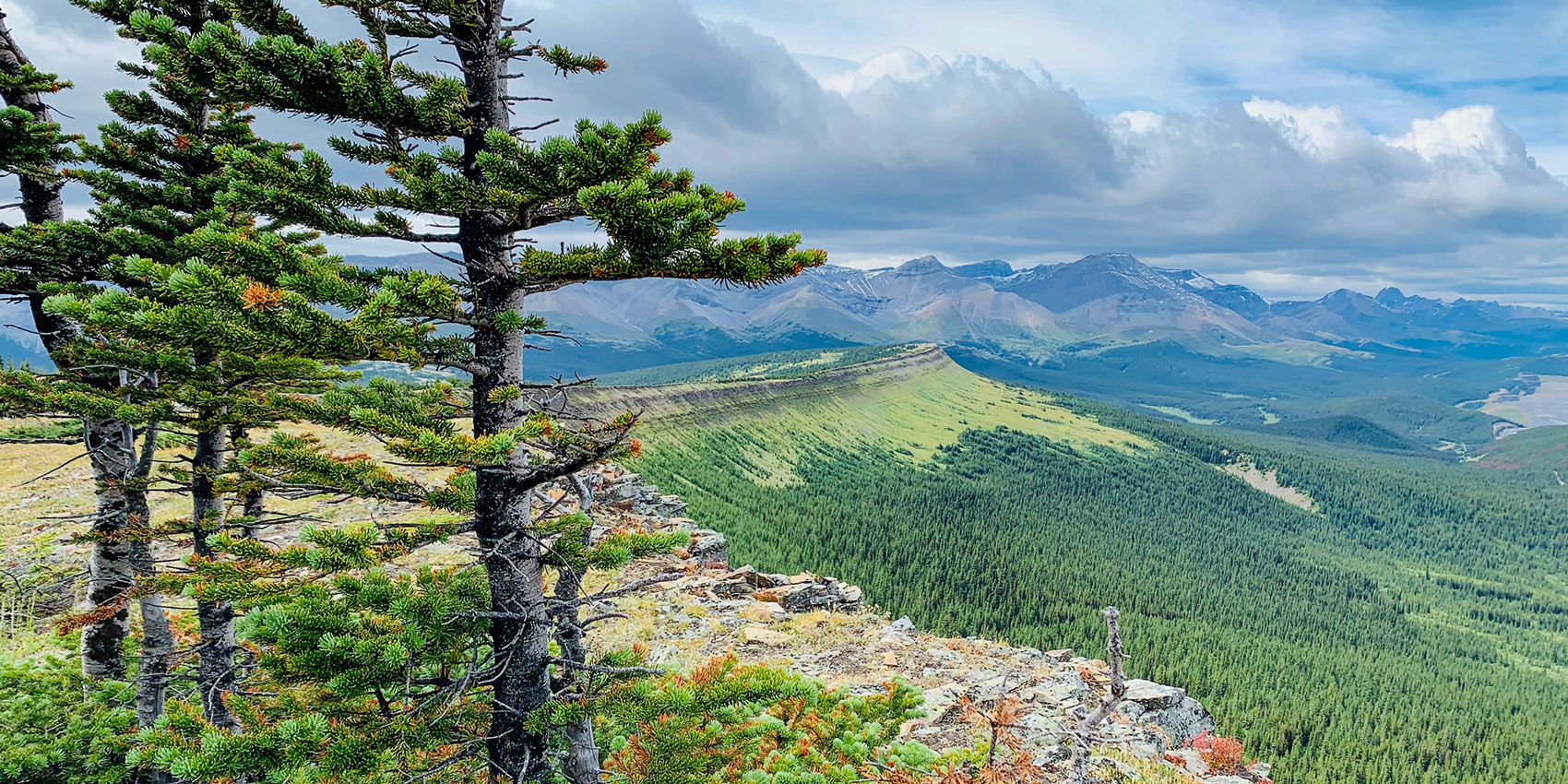
Abstract
Tree mortality is a critical driver of stand dynamics, influencing forest structure, composition, and capacity for ecosystem service provision. In recent years, tree mortality has been gaining attention as dramatic occurrences of forest die off have been linked to climate change. Using permanent sample plot data, we examined tree mortality rates in mature forests in west-central Alberta from 1956 to 2007. We quantified mortality risk at an individual tree level as a function of size, local competition, and calendar year, a proxy for increasing temperature, and used maximum likelihood methods to estimate species-specific model parameters. Tree size and local competition were both important predictors of mortality risk. However, once these factors were included in our model, no additional variation could be attributed to calendar year, indicating that the trend of increasing tree mortality over time found in our raw data is primarily a result of stand development processes. This finding is supported by the changes in forest structure and composition that we documented over the study period.
Stands generally increased in basal area and stem density, and lodgepole pine (Pinus contorta var. latifolia Engelm. Ex S. Watson) declined in abundance relative to the more shade-tolerant black spruce (Picea mariana (Mill.) B.S.P.) and white spruce (Picea glauca (Moench) Voss). Our results indicate that warming-related changes did not affect background tree mortality rates in mature forests in the Alberta foothills over the study period. These results also provide critical information for future studies of forest dynamics in the region.
Citation
Thorpe, H.C., and L.D. Daniels. 2012. Long-term trends in tree mortality rates in the Alberta foothills are driven by stand development. Can. J. For. Res. 42: 1687-1696.







